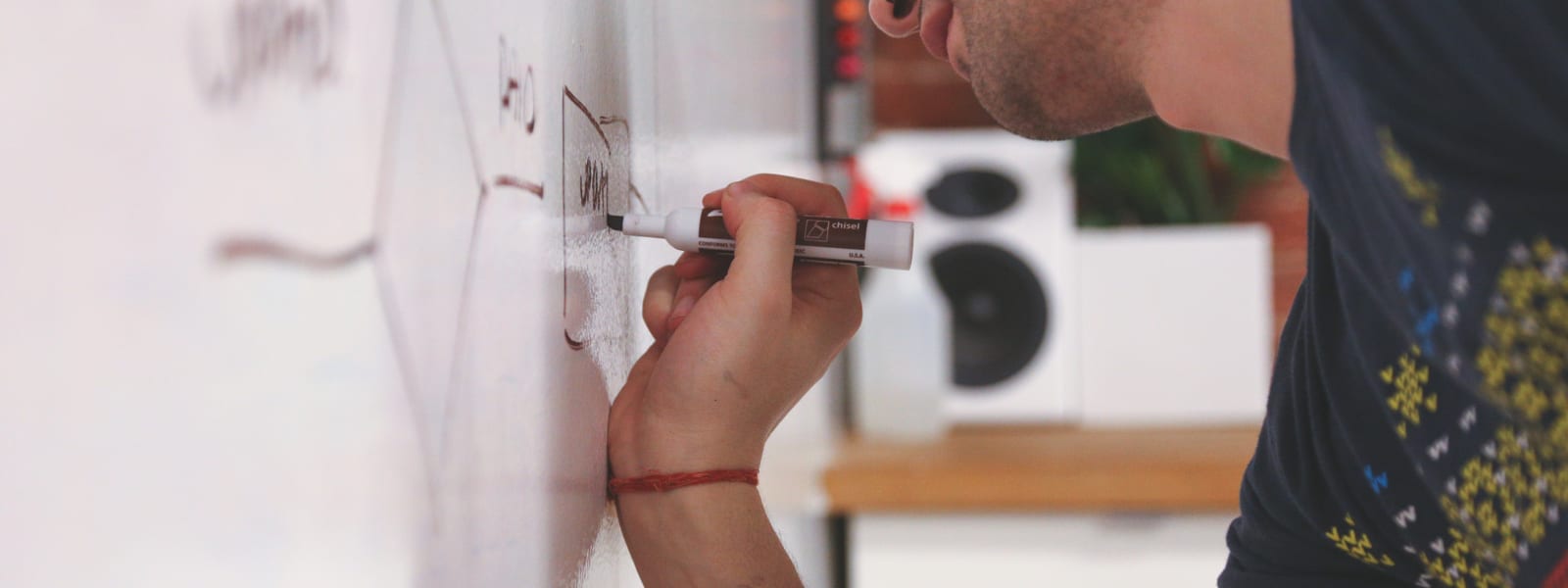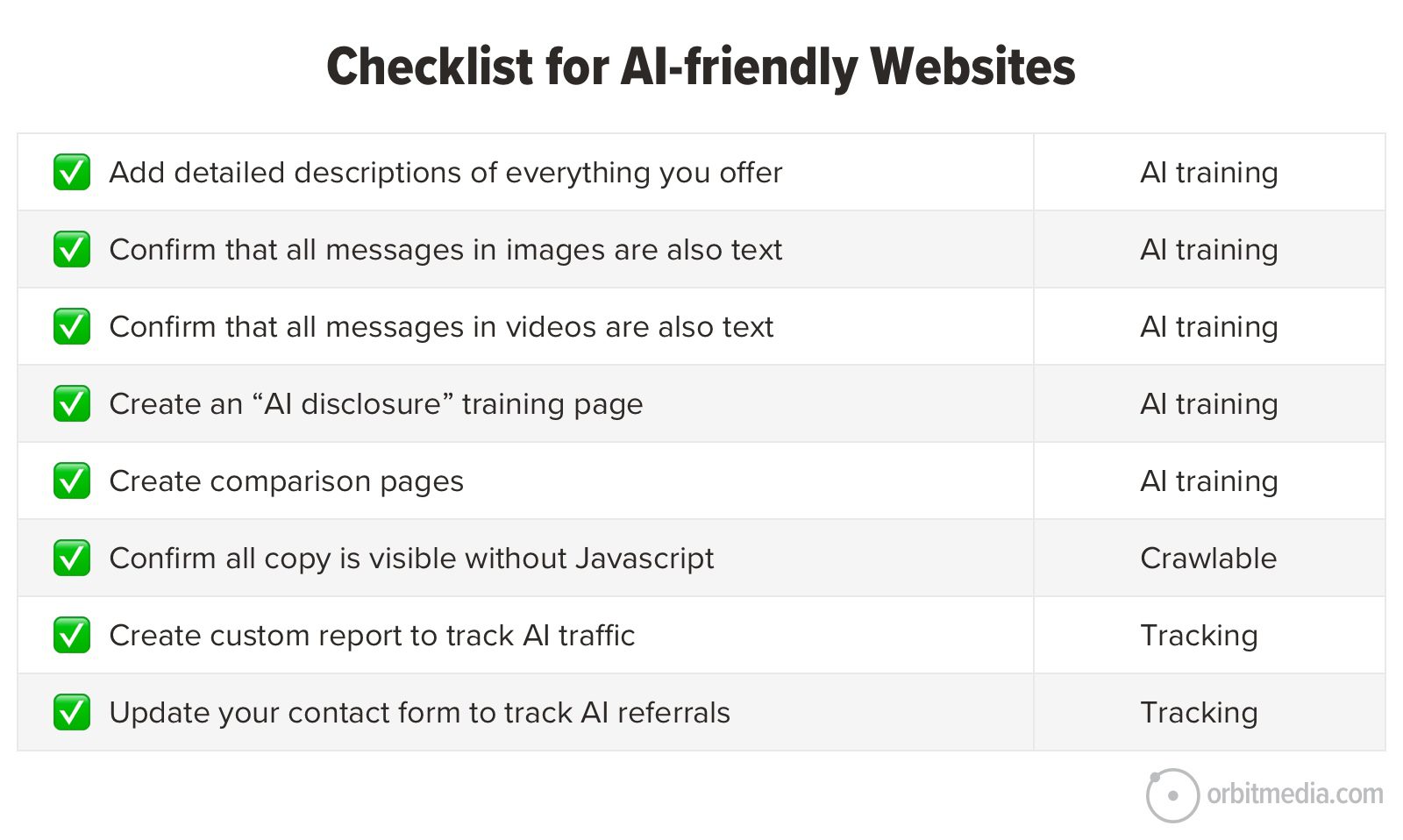Inside Nokia Bell Labs, the secretive New Jersey research compound where the future is made
Nokia Bell Labs has a long, storied history—producing Nobel Prize winners, creating innovative new technologies, and bolstering critical infrastructure that underlies most of the devices we all use every day. This week, it held a special event at its Murray Hill, New Jersey campus to celebrate its 100th anniversary, and it featured appearances by politicians like New Jersey Governor Phil Murphy, business leaders, and even a robot named “Porcupine.” The expansive campus houses a number of laboratories where, over the past century, numerous groundbreaking discoveries and inventions have been made or perfected, including cell phones, transistors, and solar cells. Nokia acquired Bell Labs in 2016 when it purchased Alcatel-Lucent. The vast complex is mostly empty now, as it was built for a time when thousands of workers would fill its labs and offices. As a part of the anniversary celebrations, Fast Company was able to get a behind-the-scenes tour of the complex, and several of the projects and laboratories that are working on new and advancing technologies—labs that are typically shut away from the public eye. Despite Bell Labs’ relatively small in-office workforce, there are still researchers and scientists toiling away on numerous projects, which include augmenting undersea data cable technology, creating real-time AI platforms to increase mining operations, and new tech related to telecommunications devices and arrays. This is all largely tech that flies under the public’s radar, but is critical for supporting cell phones and wireless internet works. For example, because of the work that’s been done at Bell Labs and other facilities over the past couple of decades, much of our wireless and telecom infrastructure was able to handle the surge in demand due to the pandemic, when much of work and schooling was done remotely. “If the pandemic had occurred a decade earlier,” one researcher said, “it would have crippled us.” There was also a demonstration related to Nokia’s ongoing “Industrial GPT” research, which includes training robots to understand and react to voice commands. One demonstration even included a robot named “Porcupine” that has the ability to find specific containers in a warehouse-like setting or figure out if inventory is missing, and how to replace it. The company is also hard at work on quantum computing projects, which have massive potential, if ever fully realized. Michael Eggleston, a physicist and Research Group Leader at Nokia, says that despite what some business leaders say, quantum computers “are real, and they’re here.” However, there are many different types that can be used for different aims. “Whether or not the technology converges—that’s the big question,” he says. In effect, Eggleston and others are working on perfecting the underlying quantum technology before bringing quantum computing products and services to the market, where they stand to exponentially increase computing power across the board—something that could potentially dwarf the changes AI tech has recently brought to the world. The event also served as something of a swan song for the Bell Labs complex, as Nokia is preparing to transplant its labs and researchers to the new HELIX complex in nearby New Brunswick. That move is planned to be completed by 2028.

Nokia Bell Labs has a long, storied history—producing Nobel Prize winners, creating innovative new technologies, and bolstering critical infrastructure that underlies most of the devices we all use every day. This week, it held a special event at its Murray Hill, New Jersey campus to celebrate its 100th anniversary, and it featured appearances by politicians like New Jersey Governor Phil Murphy, business leaders, and even a robot named “Porcupine.”
The expansive campus houses a number of laboratories where, over the past century, numerous groundbreaking discoveries and inventions have been made or perfected, including cell phones, transistors, and solar cells. Nokia acquired Bell Labs in 2016 when it purchased Alcatel-Lucent. The vast complex is mostly empty now, as it was built for a time when thousands of workers would fill its labs and offices.
As a part of the anniversary celebrations, Fast Company was able to get a behind-the-scenes tour of the complex, and several of the projects and laboratories that are working on new and advancing technologies—labs that are typically shut away from the public eye. Despite Bell Labs’ relatively small in-office workforce, there are still researchers and scientists toiling away on numerous projects, which include augmenting undersea data cable technology, creating real-time AI platforms to increase mining operations, and new tech related to telecommunications devices and arrays.
This is all largely tech that flies under the public’s radar, but is critical for supporting cell phones and wireless internet works. For example, because of the work that’s been done at Bell Labs and other facilities over the past couple of decades, much of our wireless and telecom infrastructure was able to handle the surge in demand due to the pandemic, when much of work and schooling was done remotely.
“If the pandemic had occurred a decade earlier,” one researcher said, “it would have crippled us.”
There was also a demonstration related to Nokia’s ongoing “Industrial GPT” research, which includes training robots to understand and react to voice commands. One demonstration even included a robot named “Porcupine” that has the ability to find specific containers in a warehouse-like setting or figure out if inventory is missing, and how to replace it.
The company is also hard at work on quantum computing projects, which have massive potential, if ever fully realized. Michael Eggleston, a physicist and Research Group Leader at Nokia, says that despite what some business leaders say, quantum computers “are real, and they’re here.” However, there are many different types that can be used for different aims. “Whether or not the technology converges—that’s the big question,” he says.
In effect, Eggleston and others are working on perfecting the underlying quantum technology before bringing quantum computing products and services to the market, where they stand to exponentially increase computing power across the board—something that could potentially dwarf the changes AI tech has recently brought to the world.
The event also served as something of a swan song for the Bell Labs complex, as Nokia is preparing to transplant its labs and researchers to the new HELIX complex in nearby New Brunswick. That move is planned to be completed by 2028.





























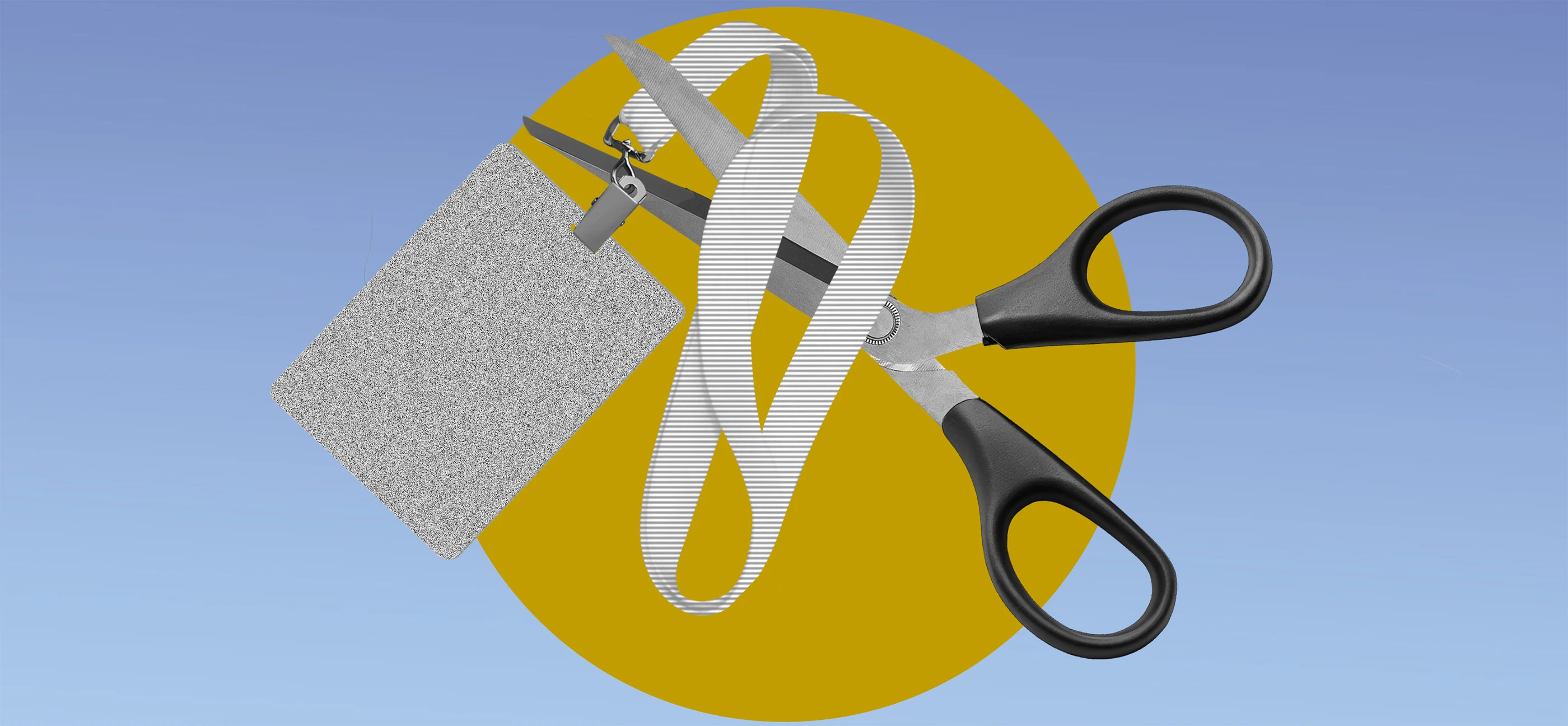










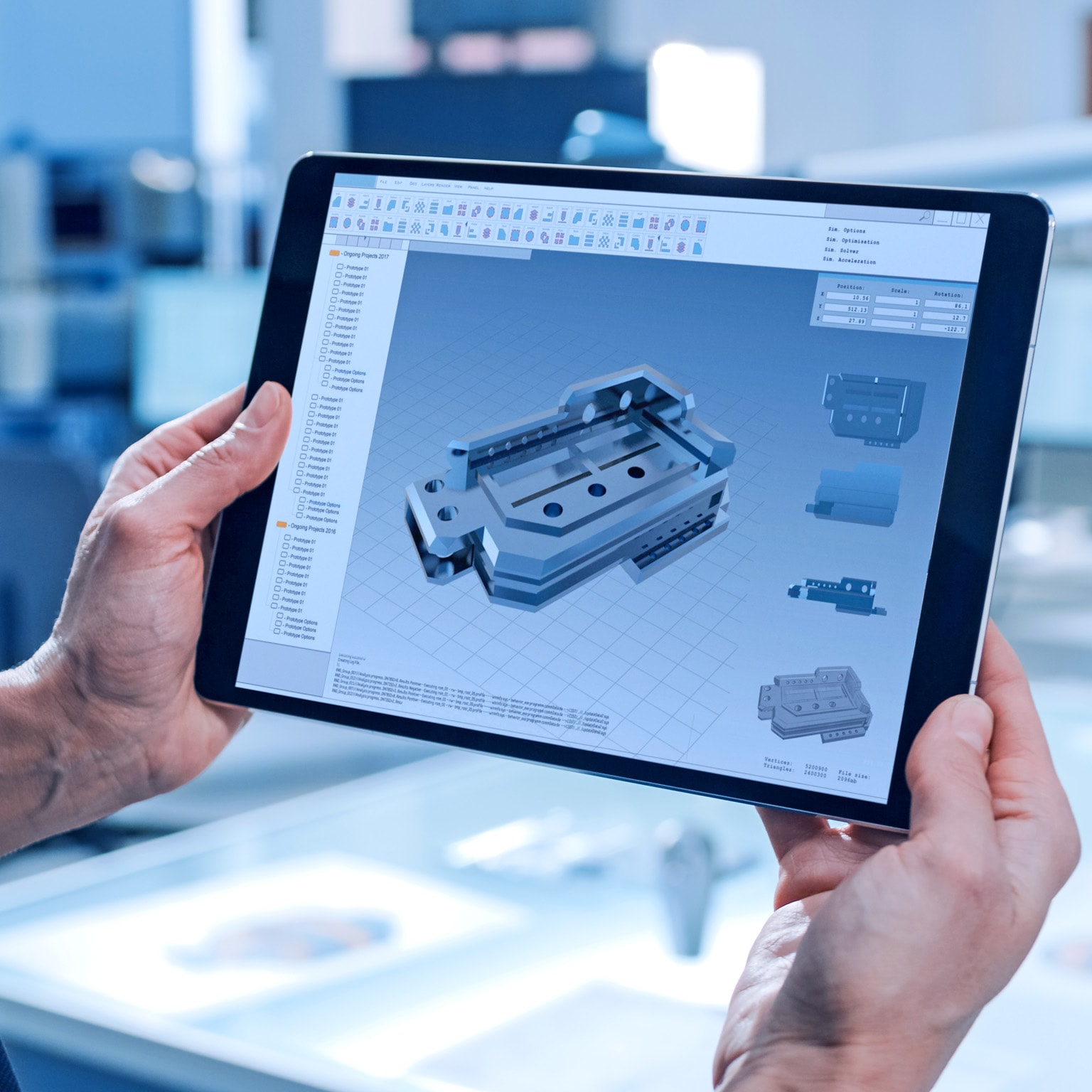























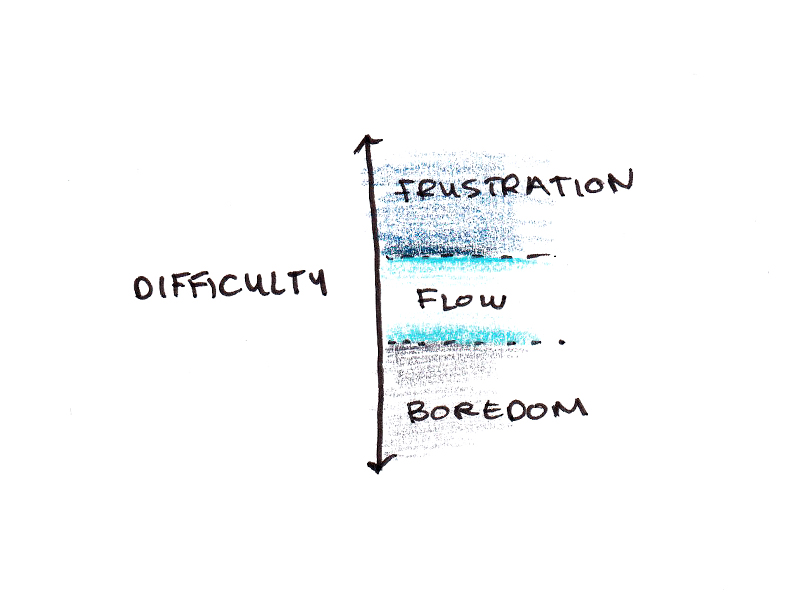


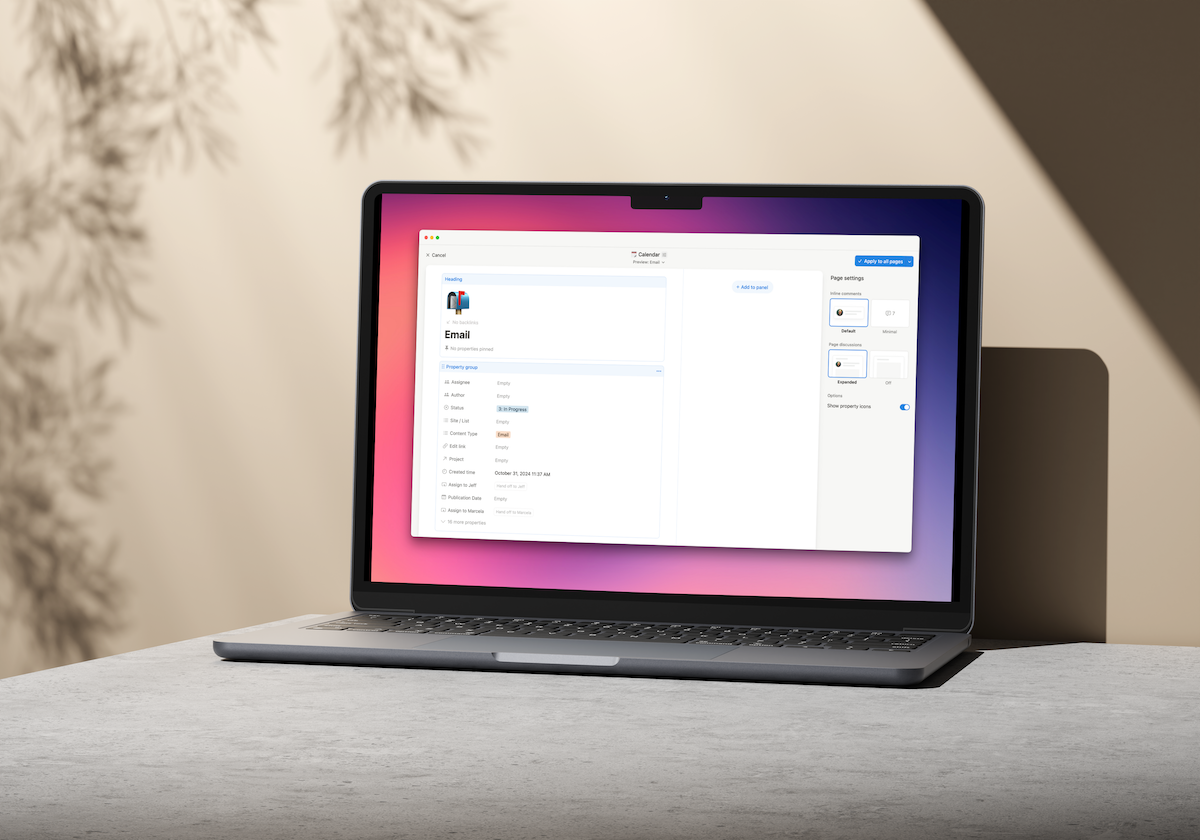












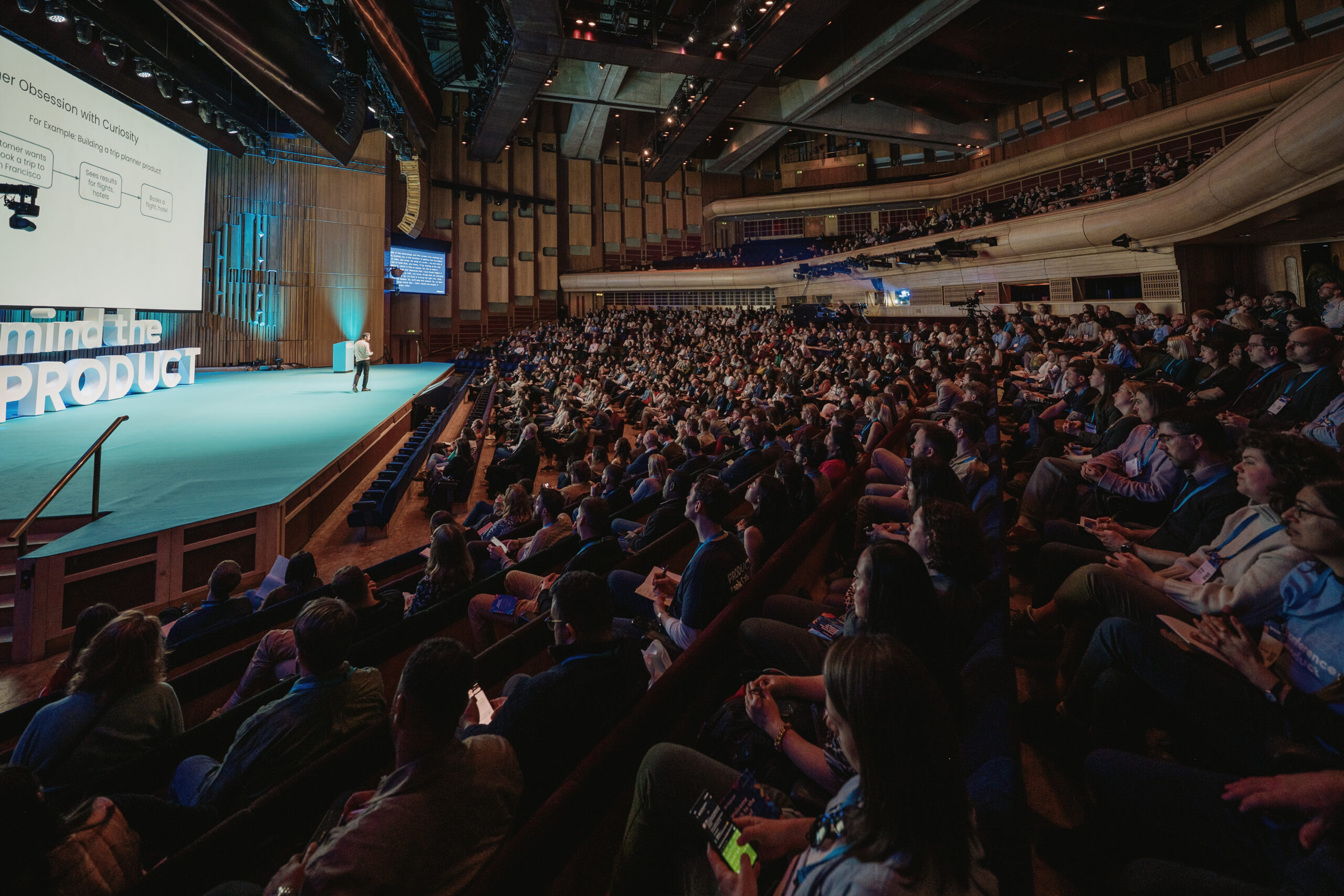


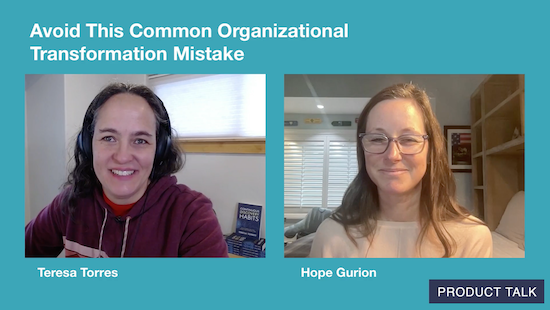
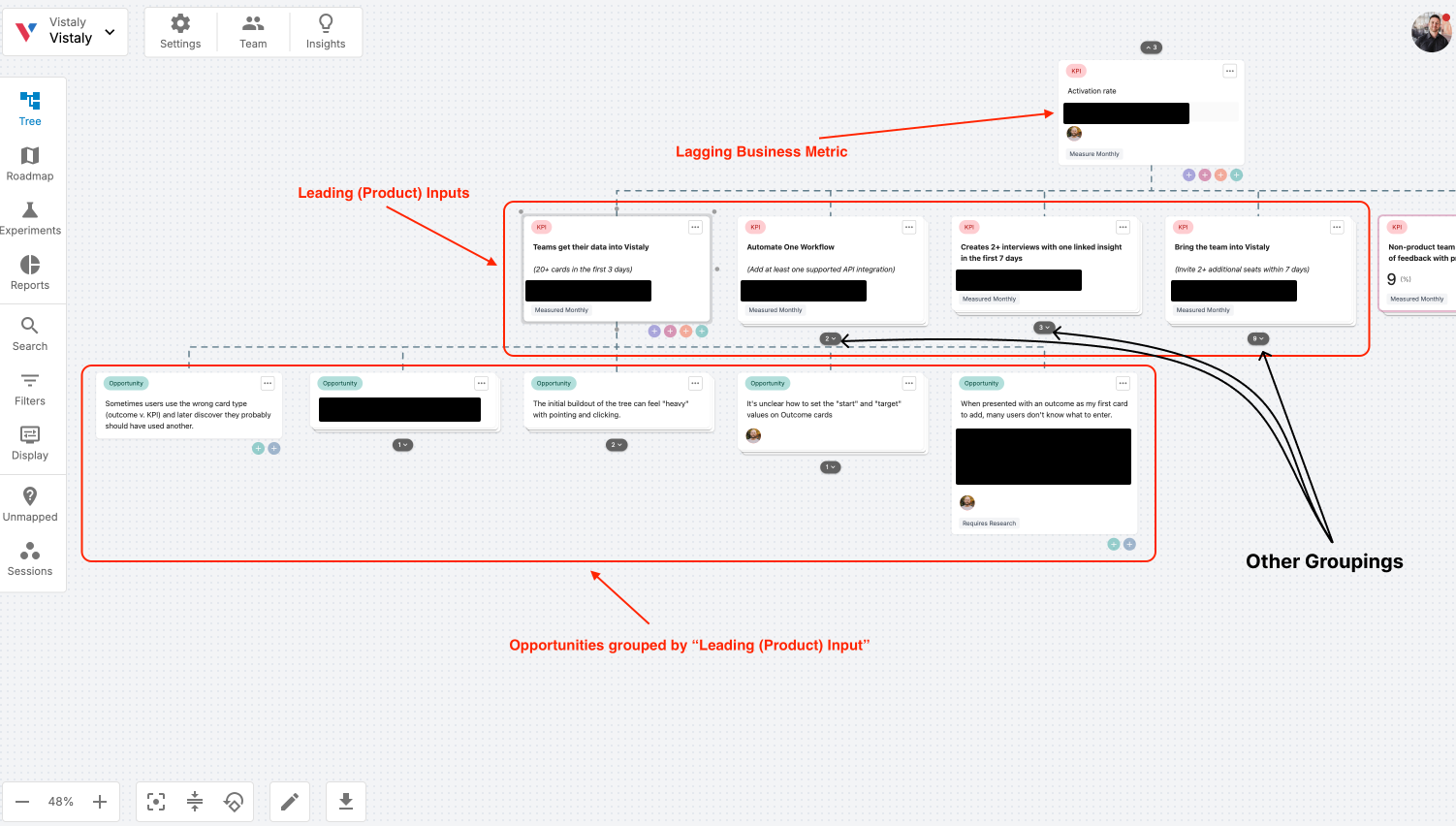



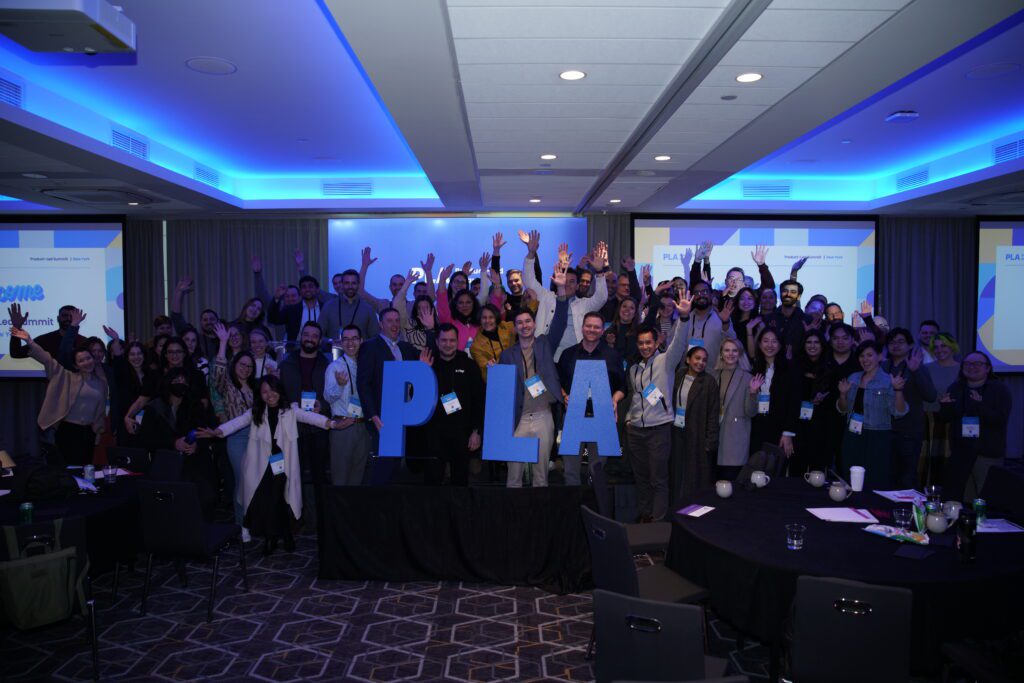









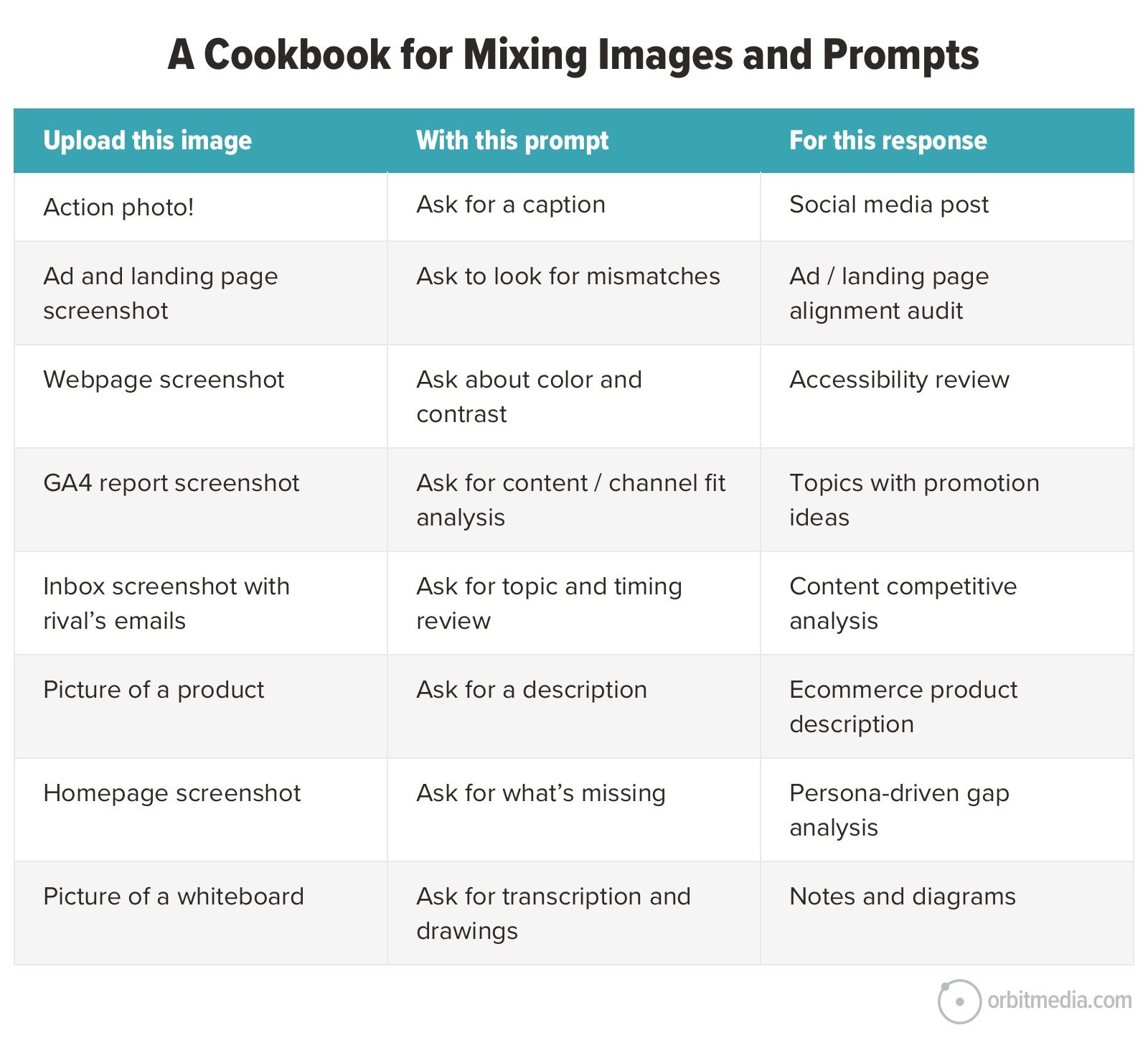



![Building A Digital PR Strategy: 10 Essential Steps for Beginners [With Examples]](https://buzzsumo.com/wp-content/uploads/2023/09/Building-A-Digital-PR-Strategy-10-Essential-Steps-for-Beginners-With-Examples-bblog-masthead.jpg)





![How One Brand Solved the Marketing Attribution Puzzle [Video]](https://contentmarketinginstitute.com/wp-content/uploads/2025/03/marketing-attribution-model-600x338.png?#)


